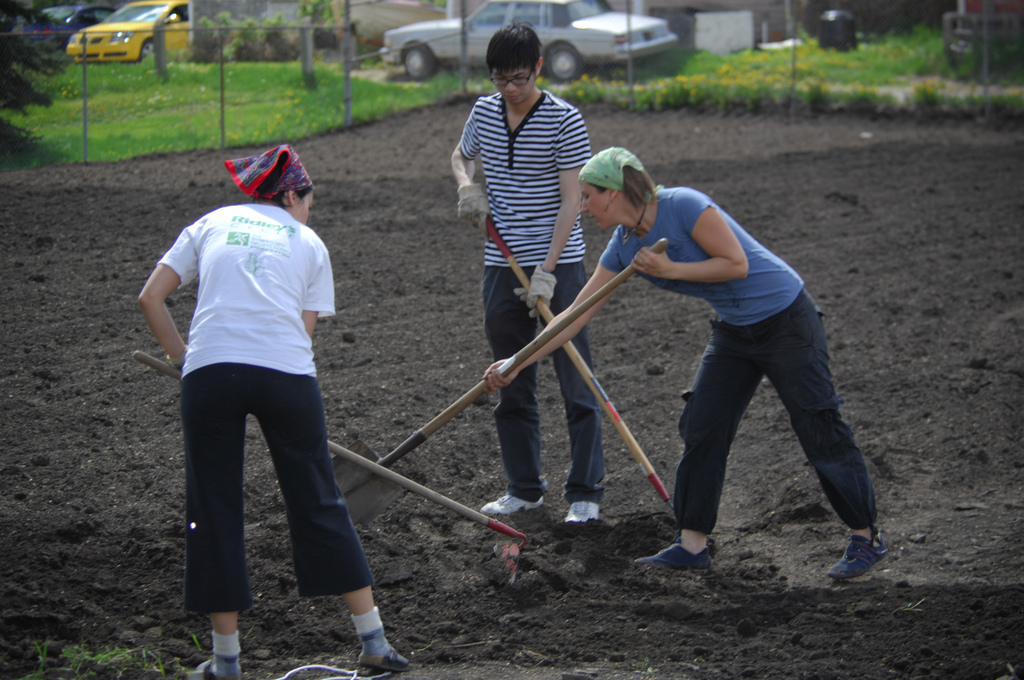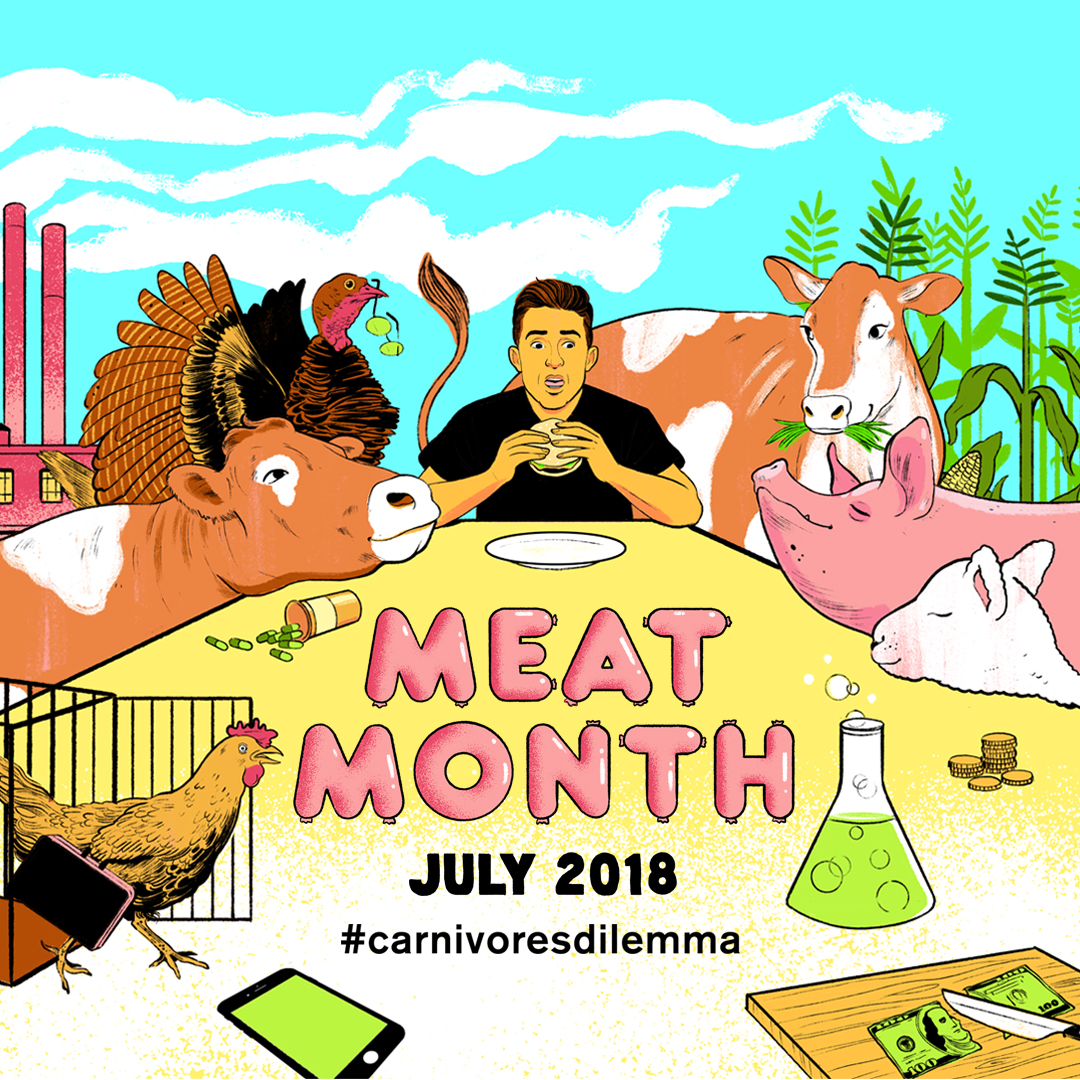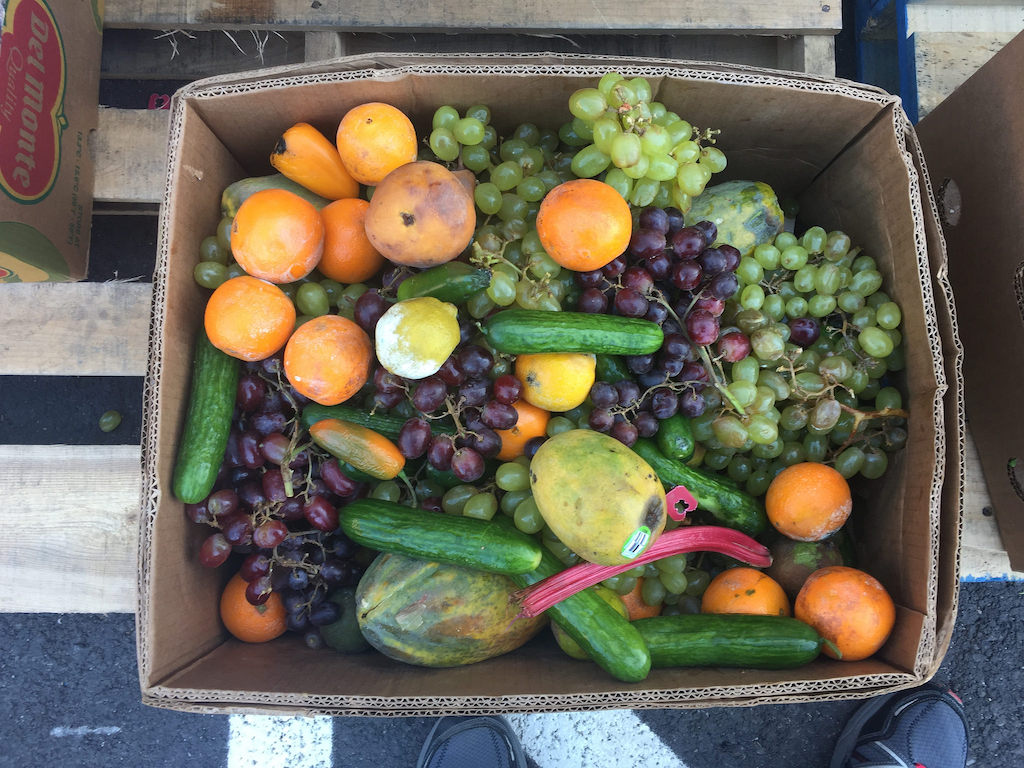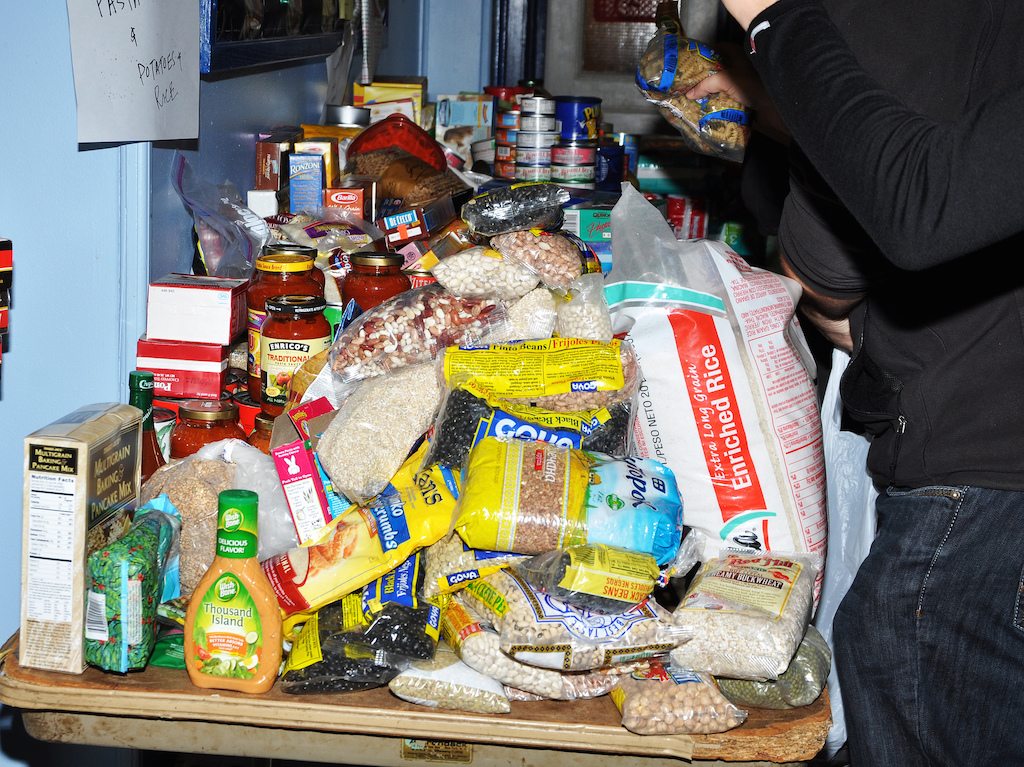In 2014, a group of four well-known food reformers—led by Omnivore’s Dilemma author Michael Pollan—wrote a Washington Post op-ed in the form of a letter to the future president of the United States. Their plea: the federal government must take seriously the idea of improving the nation through food.
“The food industry is the largest sector of our economy; food touches everything from our health to the environment, climate change, economic inequality and the federal budget,” the authors wrote, in a letter also co-signed by former New York Times columnist Mark Bittman, Union of Concerned Scientists’ Ricardo Salvador, and Olivier De Schutter, the United Nations’ former special rapporteur on the right to food. “Yet we have no food policy—no plan or agreed-upon principles—for managing American agriculture or the food system as a whole. That must change.”
Which may be why some towns and counties have given up waiting for top-down solutions to save them. Instead, a new, radical food justice notion is taking root: Communities are taking charge of their own fates through “food policy councils,” locally created and controlled civic organizations that are taking responsibility for the health, safety, and reliability of their regional food systems. So far, this largely unrecognized phenomenon has found success where national policy has failed to materialize.
“We really feel people at the local level can make things happen,” says Jeff Usher, senior program officer with the non-profit Kansas Health Foundation, which has funded more than 20 new Kansas food policy councils with a goal of establishing 40 total by 2020. “It’s a trickle-up theory.”
In Kansas, Douglas County introduced food policy councils to the state back in 2009
There is no one definition of a food policy council, says Anne Palmer, Food Communities and Public Health program director at the Johns Hopkins Center for a Livable Future—an academic center launched 22 years ago to track and support food policy councils—and a research associate at the Johns Hopkins Bloomberg School of Public Health in the Department of Health, Behavior and Society. Each council reflects its local community with its own structure, mission and definition of success. Town-based food policy councils may unite within a county, across regions, a state or even multiple states to work toward common goals, which are established by un-mandated consensus. At least a third of them have no government involvement at all, while others have government charters and are embedded within a political system. It all depends on what the people in that locale decide works for them.
That flexibility may be the secret to their popularity and, eventually, to their transformative power.
According to the 2016 annual Food Policy Council Report by the Center for a Livable Future, there are 263 FPCs across America. Five years ago, there were 167. Ten years ago, there were too few to notice.
“The common ground is that the existing food system isn’t working for people,” says Palmer. The councils bring together a local food system’s disparate players—farmers, food justice activists, city water and waste departments, grocery store owners, food distributors, chefs, environmentalists, food safety officials, along with concerned citizens—people who may share similar goals but don’t always work in tandem. FPCs provide the structure for a broad group of stakeholders to think and plan more holistically.
“We have public water systems and public transportation systems, but we do not have public food systems in this country.”
“A lot of social capital is built when people no longer work in isolation. In some places, very interesting bi-partisan work is going on, connecting people with different political agendas to fix common problems.” The key is strong local leadership and dedicated professional staff, she says. “These are not big investments.”
Food policy councils first gained traction in Toronto, Canada, in the 1980s as people were waking up to the connection between food and health, says Wayne Roberts, then head of Toronto’s FPC. “The food policy council was our vehicle to start the conversation that could change a flawed food system.” It was tough selling an initiative where the goal was lots and lots of meetings, he says. Building community consensus starts small and grows slowly.
Non-profit foundations have recently seen enough progress that they’ve become willing to provide much-needed financial support.
“When I discovered [FPCs] three years ago, I found a diamond in the rough,” says foundation consultant Ostrander. “I was impressed by their reach and legitimacy. These groups are organic, local and democratic,” representing local stakeholders, understanding local needs.
And they are almost always run by women in their 30s and early 40s, says Ostrander. “These women care deeply about their communities. They aren’t flashy. They get a lot done with very small amounts of money.”
Ostrander recalls a particularly significant meeting she attended with Los Angeles Food Policy Council executive director Clare Fox and California State Senate President Pro Tempore Kevin de Leon. Fox was a new voice on food system issues linking urban healthy food issues with a rural healthy soils program. By straddling two worlds, Fox was able to connect dots the politician had not seen. The result: new state funding for composting and food waste reduction in Los Angeles.
An early win in LA’s Good Food Purchasing program to overhaul city-funded food service in schools and other city venues is a big bump in produce purchased from local farmers
“These women don’t give up,” says Ostrander. “They are cooperative, putting aside their egos to walk across the aisle to work with people with different agendas. They are leading from the middle.”
Los Angeles has the largest and arguably most successful FPC in the country. Launched by the mayor’s office with no budget in 2011, the council now raises $1 million a year to fund programs primarily aimed at improving access to healthy food and support for local food producers. Three hundred food system stakeholders participate in its working groups.
“We have public water systems and public transportation systems,” says Fox, “but we do not have public food systems in this country. My hope is that by demonstrating all of the ways the private market economy has failed us, we can start considering food a public right. This thing we have to have in order to live has become a privilege. Our mission is to make healthy, affordable, sustainable and fair food available to everyone.”
The LAFPC convinced the city to mandate that all farmers’ markets accept food stamps and launched a program to support corner stores in poor neighborhoods willing to stock more fresh food. An early win in LA’s Good Food Purchasing program to overhaul city-funded food service in schools and other city venues has resulted in a big bump in produce purchased from local farmers—an increase from 20 percent local sourcing to 80 percent.
“Things aren’t such a fight any more. Everyone takes our calls,” says Fox. “The future rests on our alliance with communities that have the most to gain from access to good food. Migrant rights, defending public education, racial and economic equality. We are no longer a boutique movement.”
And political divisions are disappearing. Conservative, big ag-centric Kern County recently asked the LAFPC to help them strengthen its food policy council. “It takes a long time to demonstrate a policy change has improved the food system,” says Fox.
These grassroots efforts need state and federal support, but the grassroots work comes first
“The key to success for funders in this area is to give up control,” says Merry Davis, a Healthy Living program officer with the Blue Cross Blue Shield Foundation in North Carolina. Her foundation has invested $1 million over the last five years in FPC infrastructure—primarily training and leadership development—to help North Carolina communities learn what they need to know to help improve their local food systems. “The passion and the power stays local and reflects what they care about. In North Carolina, you can’t tell people what to do.”
North Carolina now has 31 FPCs, up from 5 when BCBS Foundation started supporting them, making the state second only to California, where there are 50+ local food councils. But no one in North Carolina uses the word ‘policy,’ says Davis. It’s too political. “Our scrappy local food activists are happy to be working across sectors in a room together.”
“This is not a political movement. It’s about empowerment,” says Creamer. “I can’t think of another mechanism that lends itself so well to connecting people. We are now reaching out to other states to work together as a region. Is it a movement? I don’t talk about it that way. It puts people off.”
Lawrence, Kansas, home to the University of Kansas, introduced FPCs to the state back in 2009. The college town has the oldest farmers market in the state and a 40-year old food co-op. The largely rural county embraced FPCs as a way to build up local agriculture-based businesses, such as agri-tourism. Economic development became the focus of the FPC and keeping food dollars in the county was the goal, says Helen Schnoes, food systems coordinator for Lawrence and Douglas County.
These are modest goals, to be sure. It might take years to get everyone in the Lawrence food community to buy into even such obvious food system improvements. But once they do, Schnoes says, the programs will stick. Counted among thousands of food system improvements in cities and towns across the country, the potential power of food policy councils seems obvious.
Slow and cumbersome, this is not the food revolution Pollan and other leading food activists advocate. But in the absence of a national food agenda, local food policy councils are meeting immediate needs to improve access to healthy food. They might just build an army of dedicated folks who believe they have a right to healthy food and know how to fight for that right and make those changes stick.














